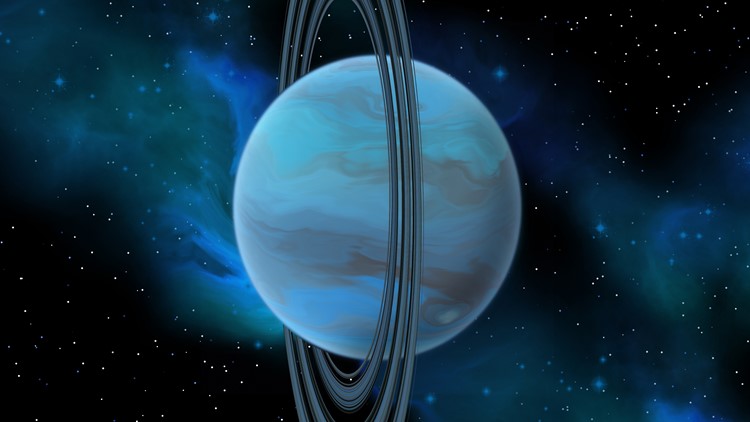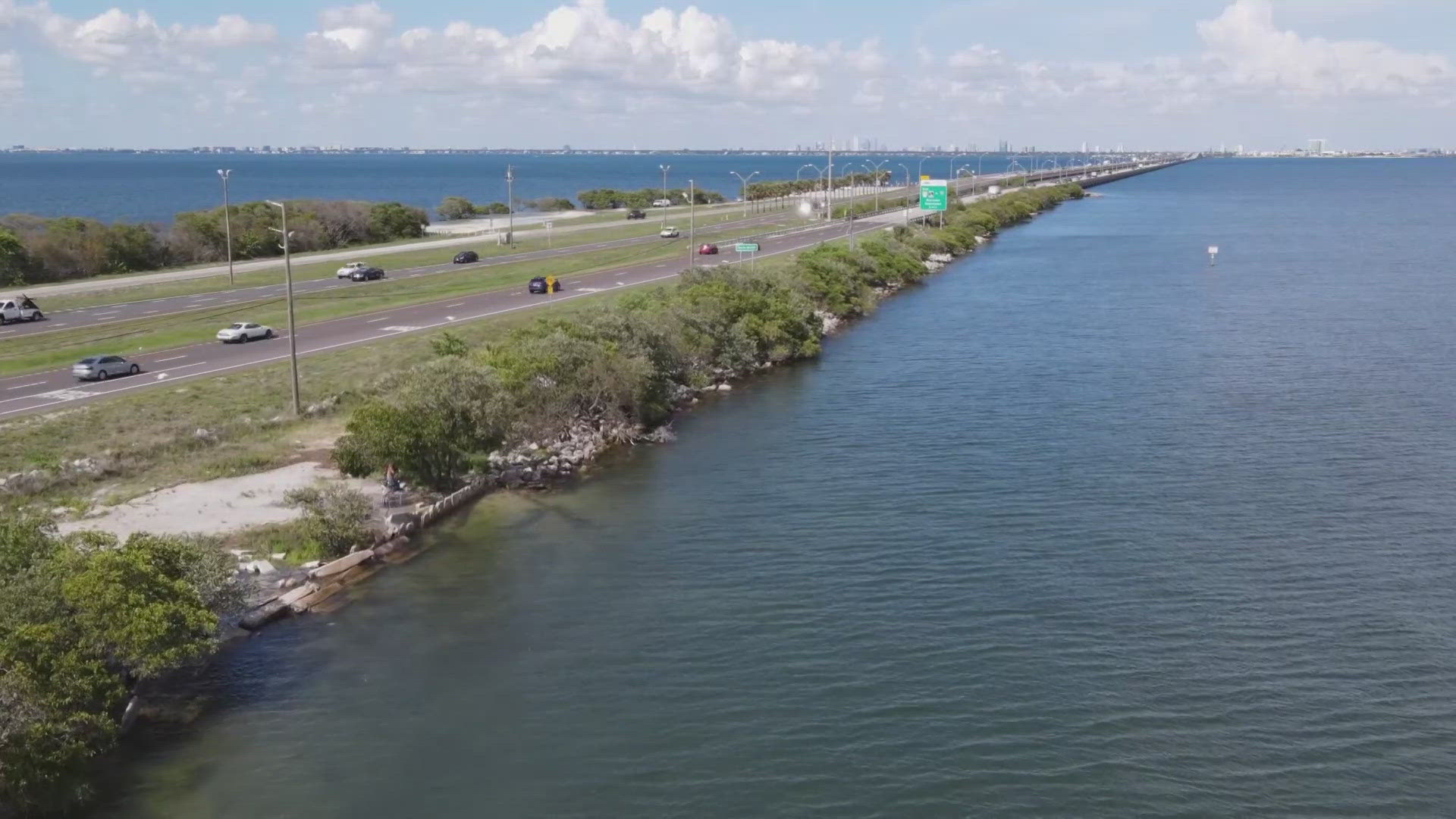Talk about a big bang.
A "cataclysmic" collision some 4 billion years ago between Uranus and another massive object forever changed the evolution of the giant planet, a new study suggests.
Uranus, the seventh planet from the sun, "spins on its side, with its axis pointing almost at right angles to those of all the other planets in the solar system," said study lead author Jacob Kegerreis, a researcher at Durham University in the United Kingdom.
Kegerreis and his team ran computer simulations of different massive collisions with Uranus to try to work out how the planet evolved.
“The most likely outcome was that the young Uranus was involved in a cataclysmic collision with an object twice the mass of Earth, if not larger, knocking it on to its side and setting in process the events that helped create the planet we see today," he said.
The object likely struck a grazing blow on the planet, since a direct hit would have destroyed its atmosphere. The research could also help explain how Uranus’ rings and moons formed, as the impact could have jettisoned rock and ice into orbit around the planet.
Uranus is similar to most of the planets discovered in other solar systems, so the researchers hope their findings will help explain how those "exoplanets" evolved.
NASA's Luis Teodoro, a study co-author, said that "all the evidence points to giant impacts being frequent during planet formation, and with this kind of research we are now gaining more insight into their effect on potentially habitable exoplanets.”
The first planet found with the aid of a telescope, Uranus was discovered in 1781 by astronomer William Herschel, NASA said. The planet was named for the Greek god of the sky.



